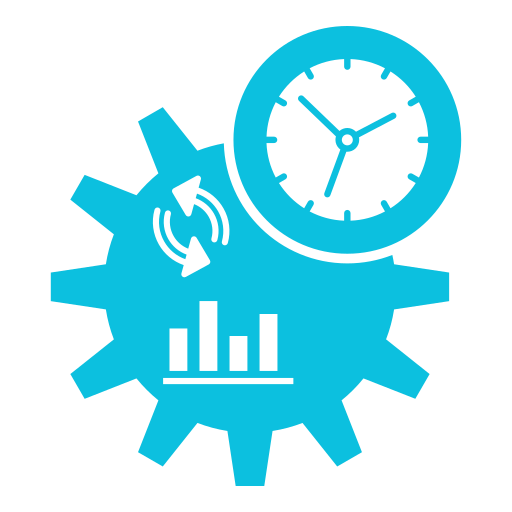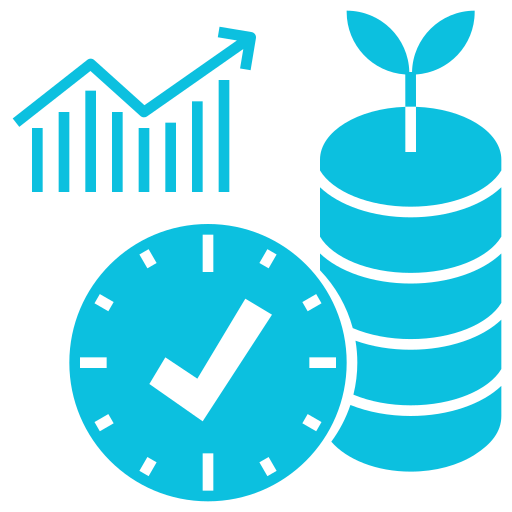BIM Modelling
We specialize in BIM Modeling, offering advanced solutions for the design, coordination, and visualization of architectural, structural, MEP, and infrastructure systems to ensure seamless project execution and optimal building performance.
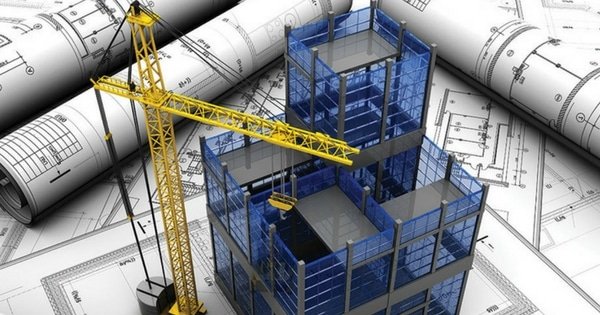
BIM Modelling
Our team excels in BIM Modeling, providing comprehensive solutions for the design, coordination, and optimization of architectural, structural, MEP, and infrastructure systems. We ensure seamless integration across all disciplines, enhancing building performance, improving energy efficiency, and promoting sustainability throughout the project lifecycle.
Different Models
ASI Models
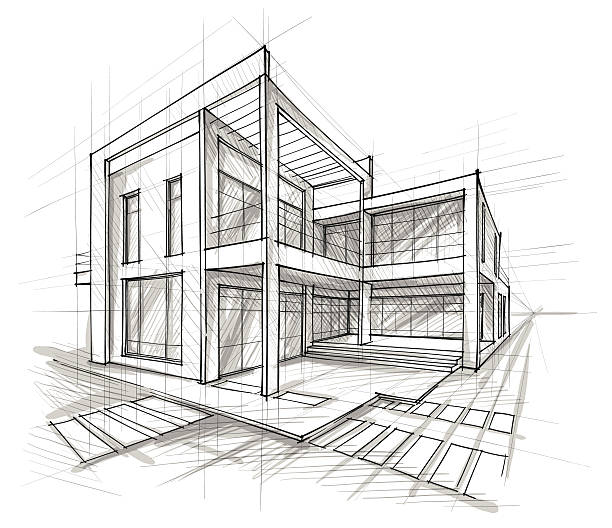
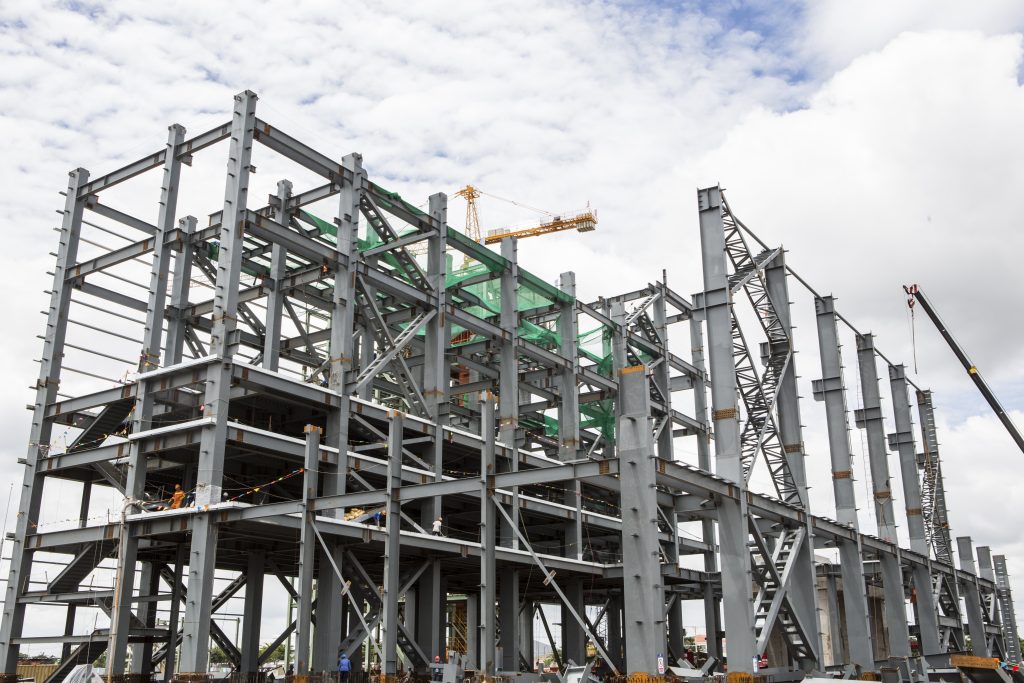

MEP Models


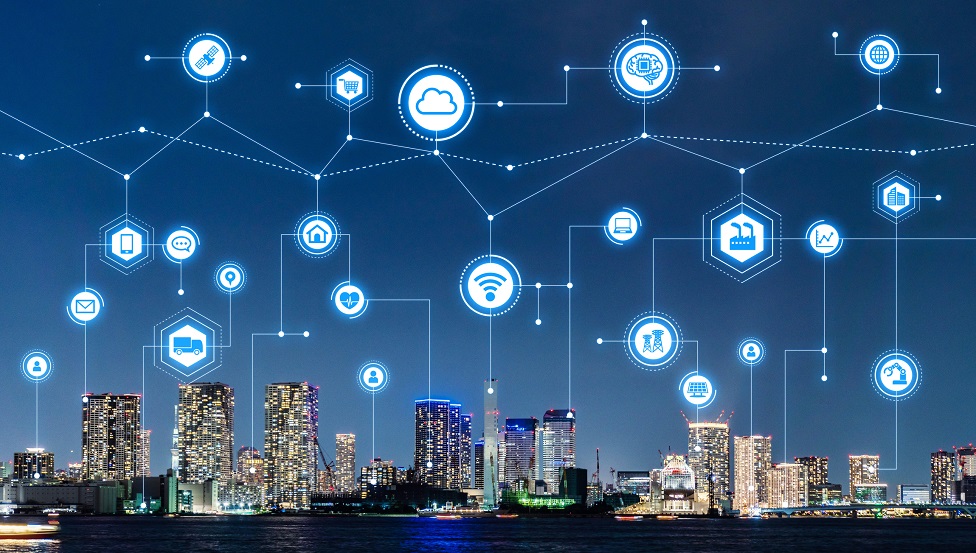
Why Choose Tecverse
Tecverse stands out as a top provider of BIM solutions, offering a blend of innovation, strong industry partnerships, and a customer-centric approach that ensures the highest level of quality and efficiency in every project.
FAQs

BIM (Building Information Modeling) is a digital representation of a building's physical and functional characteristics. BIM modeling involves creating 3D models that integrate architectural, structural, and MEP systems to enhance collaboration and project efficiency throughout the design, construction, and operation phases.

BIM modeling improves construction projects by providing accurate, coordinated digital models that reduce errors, streamline communication, and enhance decision-making. It allows teams to detect and resolve issues early in the design phase, ultimately saving time and reducing costs during construction.

BIM modeling offers numerous benefits including improved project visualization, better coordination between all disciplines, reduced clashes and conflicts, and more accurate cost estimations. It also enables better planning, faster project delivery, and easier facility management after construction is completed.

BIM modeling enhances collaboration by providing a shared digital platform where architects, engineers, contractors, and owners can access and update the project model in real-time. This ensures everyone works from the same information, improving coordination and minimizing miscommunication across the project team.

BIM supports sustainability by enabling energy-efficient design simulations, material optimization, and waste reduction. It allows teams to analyze building performance, optimize resource usage, and evaluate environmental impact before construction begins, leading to greener, more sustainable buildings.

BIM modeling plays a crucial role in facility management by providing detailed as-built models that contain accurate data about the building's components and systems. These models help facility managers plan maintenance, track asset performance, and streamline repairs and upgrades throughout the building's lifecycle.

Challenges in implementing BIM modeling include the initial cost of software and training, the need for skilled personnel, and the integration of BIM with existing systems. Additionally, ensuring consistent data accuracy and overcoming resistance to change can be obstacles for some teams and organizations.
.webp)
Innovate, Build, Deliver
Get in touch with us to discover how we can empower your team to harness cutting-edge construction technologies for quicker and more impactful outcomes.

